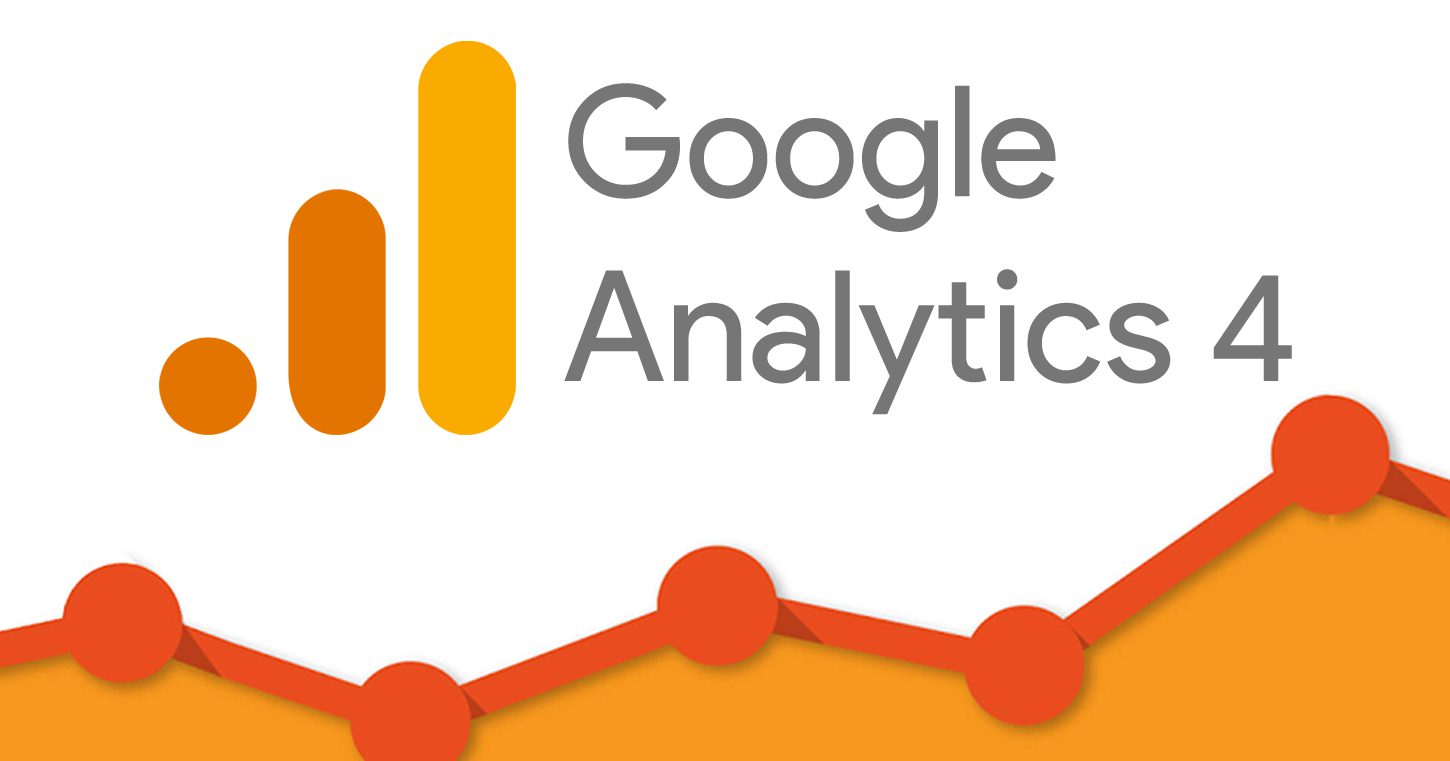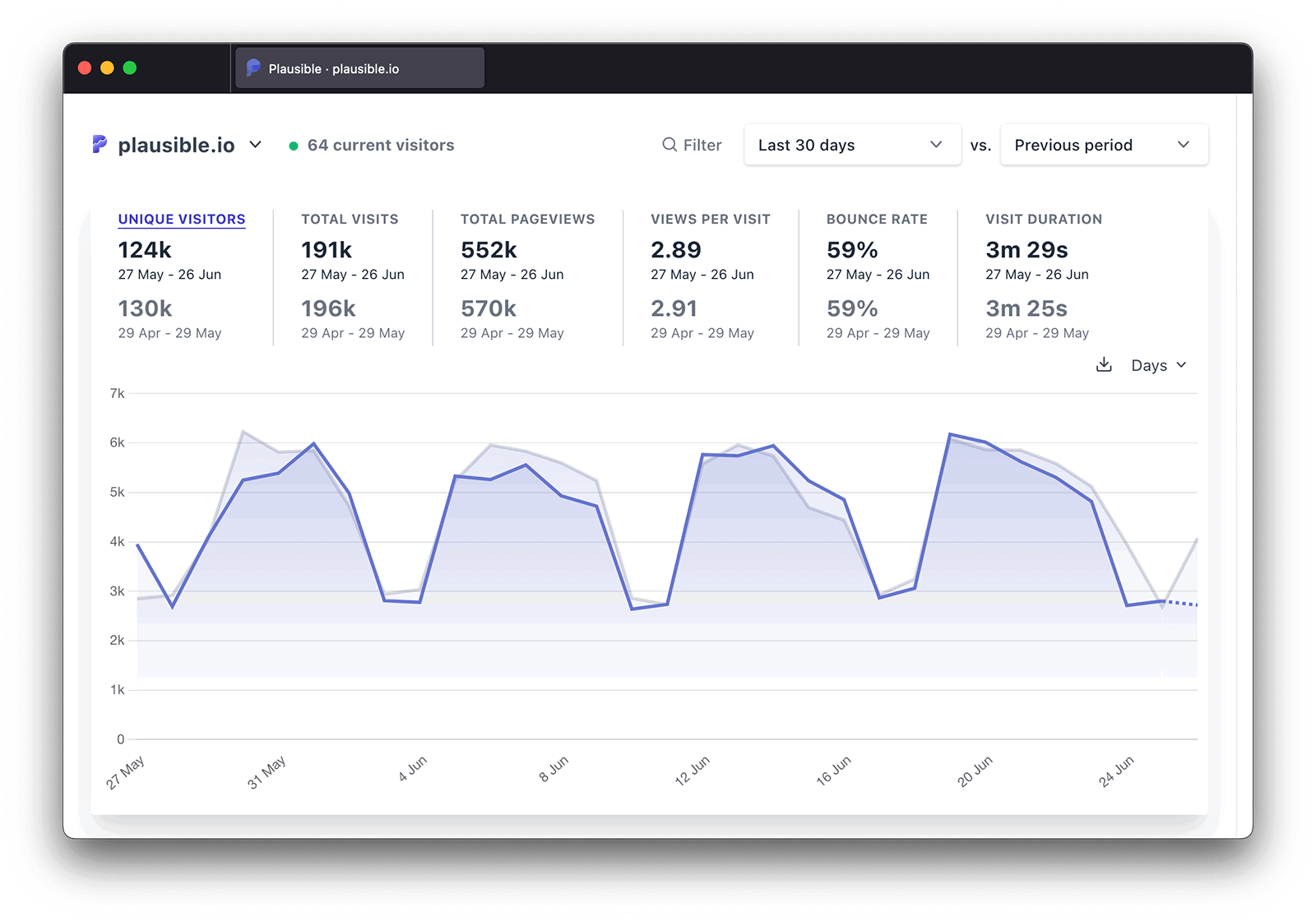Unloading the Secret: When Does the Google Analytics Tracking Code Send an Event Hit to Analytics?
Master Internet Site Insights With Accurate Google Analytics Monitoring Code
The efficient use of Google Analytics rests on the specific application of its tracking code, an essential step commonly overlooked by site owners. This relatively simple JavaScript bit, when properly positioned, comes to be the backbone of information collection, supplying insights into customer habits and website efficiency. Nonetheless, difficulties can arise during configuration, possibly skewing the data and resulting in misinformed decisions. Recognizing these details is essential for making best use of the benefits of analytics. What are the usual challenges that could undermine your tracking initiatives, and exactly how can you guarantee accuracy in your approach?
Comprehending Google Analytics Basics
Google Analytics is an important device for website proprietors and marketing professionals, supplying indispensable insights right into customer behavior and internet site efficiency. At its core, Google Analytics gathers information concerning visitors to a web site, permitting users to analyze metrics such as traffic sources, individual involvement, and conversion prices. Comprehending these fundamentals is important for enhancing a website's efficiency and improving customer experience.
The platform employs cookies to track interactions, taping data such as page views, session durations, and bounce rates. This information is accumulated and offered via adjustable control panels, making it possible for customers to picture trends in time. Secret efficiency indicators (KPIs) can be kept track of, such as the overall variety of customers, brand-new versus returning site visitors, and the geographical circulation of the audience.
Moreover, Google Analytics offers segmentation functions, permitting customers to separate certain website traffic sources or user demographics for more targeted analysis. By mastering these fundamental components, web site proprietors can make educated decisions about content strategy, advertising and marketing projects, and overall site improvements. Ultimately, understanding Google Analytics essentials is essential for leveraging information to drive development and accomplish service objectives efficiently.
Establishing Your Tracking Code

Replicate the supplied monitoring code and paste it into the HTML of your site. Preferably, this code needs to be positioned in the header area of every web page you desire to track. This makes sure that the monitoring code tons before any type of various other material, enabling it to capture data precisely. If you are utilizing a content management system (CMS) like WordPress, there are plugins available that simplify the integration procedure.
After setup, verify that the tracking code is operating properly by using Google Tag Aide or the Real-Time reports in Google Analytics - when does the google analytics tracking code send an event hit to analytics?. This action is vital to confirm that your data collection is precise and energetic, establishing the foundation for informative analysis
Usual Tracking Code Issues
This may see it here take place when the monitoring code is put in the wrong section of the web site's HTML, frequently leading to incomplete or absent information. In addition, having several circumstances of the monitoring code on a single page can result in filled with air metrics, as user interactions may be counted much more than as soon as.
An additional issue occurs from the usage of ad blockers, which can avoid the tracking code from executing altogether, thus skewing data. when does the google analytics tracking code send an event hit to analytics?. Additionally, failing to configure filters appropriately can lead to the exclusion of crucial web traffic resources or the incorporation of unwanted referral spam, misshaping the information accumulated
Internet site proprietors might also neglect the significance of monitoring code updates, particularly when moving to Google Analytics 4 (GA4) from Universal Analytics. Lastly, inadequate testing prior to introducing modifications can lead to unseen errors in the monitoring code, why not try these out better making complex information reliability. Addressing these usual concerns is essential for guaranteeing accurate monitoring and informative analytics.
Studying Internet Site Information Efficiently
Accurate data collection is only the very first step in leveraging Google Analytics; the genuine worth hinges on successfully examining that data to drive educated decision-making. To accomplish this, it is necessary to identify crucial performance indicators (KPIs) that straighten with your company goals. Concentrate on metrics such as conversion prices, individual engagement, and web traffic resources, as these will certainly provide understandings into customer behavior and the general effectiveness of your site.
Using Google Analytics' segmentation features enables a much deeper understanding of your audience. By breaking down data right into details demographics, behaviors, and web traffic networks, you can uncover trends and patterns that educate targeted approaches. Executing personalized records and control panels can enhance this procedure, enabling quick accessibility to significant data.
Additionally, consistently reviewing information fads gradually assists to determine anomalies and opportunities for renovation. Make use of visualization tools to present information in a conveniently absorbable format, promoting much more reliable interaction with stakeholders. Inevitably, the ability to assess site data properly equips services to make calculated decisions that enhance user experience, maximize advertising and marketing efforts, and drive development.

Finest Practices for Accurate Tracking
Applying effective monitoring methods is vital for obtaining trusted data in Google Analytics. To make sure precise tracking, begin by appropriately setting up the Google Analytics tracking code on every web page of your web site. This can be completed via a tag supervisor or by directly installing the code right into the HTML.
Following, configure your Google Analytics account to exclude interior traffic. This can be done by setting up filters that recognize and eliminate sees from your organization's IP address, consequently stopping skewed information. Furthermore, use occasion monitoring to check specific user interactions, such as downloads or video plays, which common web page views may ignore.
Regularly audit your monitoring setup to confirm that all functions, why not find out more such as objectives and ecommerce monitoring, are working appropriately. Establish a regular naming convention for your occasions and campaigns to assist in much easier reporting and evaluation.
Finally, take into consideration leveraging UTM specifications for campaigns to gain insights into the efficiency of various marketing initiatives. By following these ideal methods, you can improve the accuracy of your data collection and analysis, ultimately bring about even more educated decision-making for your website.
Conclusion
By making certain the monitoring code is appropriately positioned and regularly examined, internet site proprietors can record vital user communication data, thus facilitating the identification of vital performance indicators. Inevitably, a robust monitoring structure enhances the capability to drive involvement and enhance overall web site efficiency.

Not enough screening prior to introducing modifications can result in undiscovered errors in the monitoring code, further making complex information integrity.Executing reliable tracking techniques is crucial for obtaining trusted information in Google Analytics. By guaranteeing the tracking code is correctly put and routinely audited, internet site proprietors can capture vital individual communication data, thus helping with the identification of essential efficiency signs.